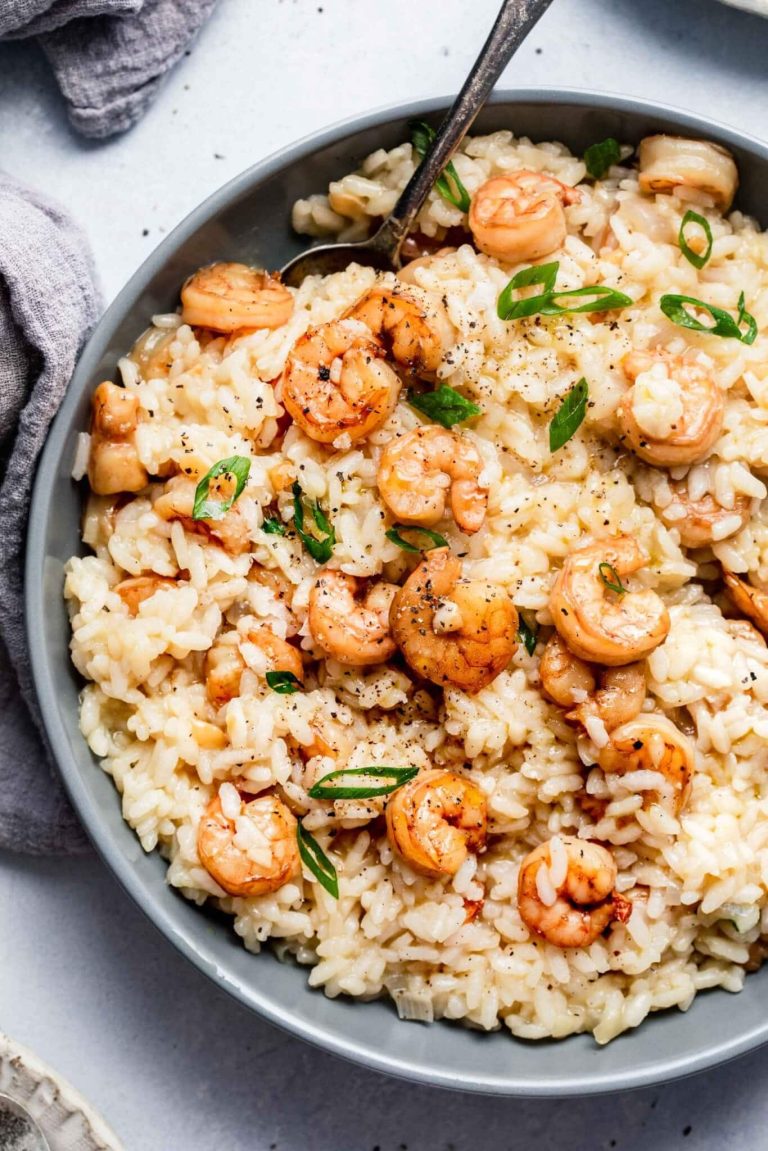Health Benefits of Balsamic Glaze with a Homemade Recipe
Balsamic vinegar has a long history dating back to the Middle Ages in Italy, particularly in the regions of Modena and Reggio Emilia. It’s derived from freshly pressed grape juice, known as “must.” The must is cooked slowly over an open flame until it reduces and thickens. Artisans then age this reduced must in a series of wooden barrels, sometimes for up to 25 years. The aging process imbues the vinegar with a complex flavor profile, combining sweet, tangy, and rich notes. Traditional balsamic vinegar certification ensures quality, adhering to strict geographic and production guidelines.
How Balsamic Glaze Differs From Balsamic Vinegar
Balsamic glaze is a reduction of balsamic vinegar, often mixed with sugar or other sweeteners. This reduction process thickens the vinegar, intensifying its flavors while adding a slight sweetness. While balsamic vinegar is used primarily as a condiment, dressing, or marinade, balsamic glaze serves as a finishing touch thanks to its thicker consistency and enhanced sweetness. It can be drizzled over dishes like grilled vegetables, meats, cheeses, and desserts. When compared to balsamic vinegar, the glaze offers a more concentrated flavor and syrupy texture, making it ideal for adding depth to diverse culinary creations.
Culinary Uses of Balsamic Glaze
Enhancing Meat Dishes
Adding balsamic glaze enhances the flavor of various meat dishes, offering a complex taste profile. Drizzle the glaze over grilled steak, roasted chicken, or pork chops for an enriched, tangy finish. Marinating meats in balsamic glaze before grilling locks in moisture and adds a caramelized, slightly sweet coating. Pair balsamic glaze with lamb to contrast its rich flavor, providing a balanced savoriness.
Elevating Vegetarian Recipes
Balsamic glaze brings a new dimension to vegetarian recipes, making them more appealing. Drizzle it over roasted vegetables such as asparagus, bell peppers, and Brussels sprouts to intensify their natural sweetness. Add a touch of glaze to a Caprese salad for an extra burst of flavor that complements tomatoes and mozzarella. Toss the glaze with roasted portobello mushrooms to create a meat-like texture and add depth to vegetarian dishes.
Transforming Desserts
In desserts, balsamic glaze acts as a sophisticated topping, accentuating flavors. Drizzle it over vanilla ice cream for an elegant, tangy-sweet combination. Pair the glaze with fresh strawberries or other berries to cut through their natural sweetness and add complexity. Swirl a small amount over cheesecake or panna cotta for an unexpected, savory twist that elevates these classic treats.
Health Benefits of Balsamic Glaze
Nutritional Content Overview
Balsamic glaze contains essential nutrients. A tablespoon provides approximately 14 calories and minimal fat. It’s made from reduced balsamic vinegar, which retains minerals like potassium and calcium. These minerals support muscle function and bone health. Balsamic vinegar also has antioxidants that combat oxidative stress, promoting overall health. The glaze is low in sodium and free from cholesterol, making it a heart-friendly addition to your diet.
Potential Health Effects
Balsamic glaze can offer several health benefits. Antioxidants in balsamic vinegar help reduce inflammation and oxidative damage. Consuming it may support heart health by lowering blood pressure and bad cholesterol levels. It’s also known to aid digestion. Acetic acid in balsamic vinegar promotes healthy gut bacteria, enhancing digestion and nutrient absorption. The glaze provides a flavorful way to enjoy these benefits without adding many calories.
How to Make Your Own Balsamic Glaze
Necessary Ingredients
Create balsamic glaze with a few simple ingredients. You need:
- 2 cups of balsamic vinegar
- 1/2 cup of brown sugar (or honey for a healthier option)
Step-by-Step Instructions
Follow these steps to make balsamic glaze:
- Combine Ingredients: Mix 2 cups of balsamic vinegar and 1/2 cup of brown sugar in a saucepan over medium heat.
- Stir Constantly: Stir the mixture constantly until the sugar dissolves, which takes about 3-5 minutes.
- Simmer: Bring the mixture to a near-boil, then reduce the heat to maintain a gentle simmer.
- Reduce: Allow the mixture to simmer for 15-20 minutes. Stir occasionally, letting it reduce by half until it reaches a syrupy consistency.
- Cool and Store: Remove from heat and let it cool. Store the glaze in an airtight container once it reaches room temperature.
These steps ensure a perfect homemade balsamic glaze that’s rich and tangy.
Conclusion
Balsamic glaze isn’t just a flavorful addition to your meals; it’s also a powerhouse of health benefits. Whether you’re drizzling it over savory dishes or sweet treats, its rich and tangy profile can elevate any recipe. Making your own balsamic glaze at home is straightforward and rewarding, giving you control over the ingredients and flavors. Embrace the versatility and health benefits of balsamic glaze in your kitchen and watch your culinary creations transform.






